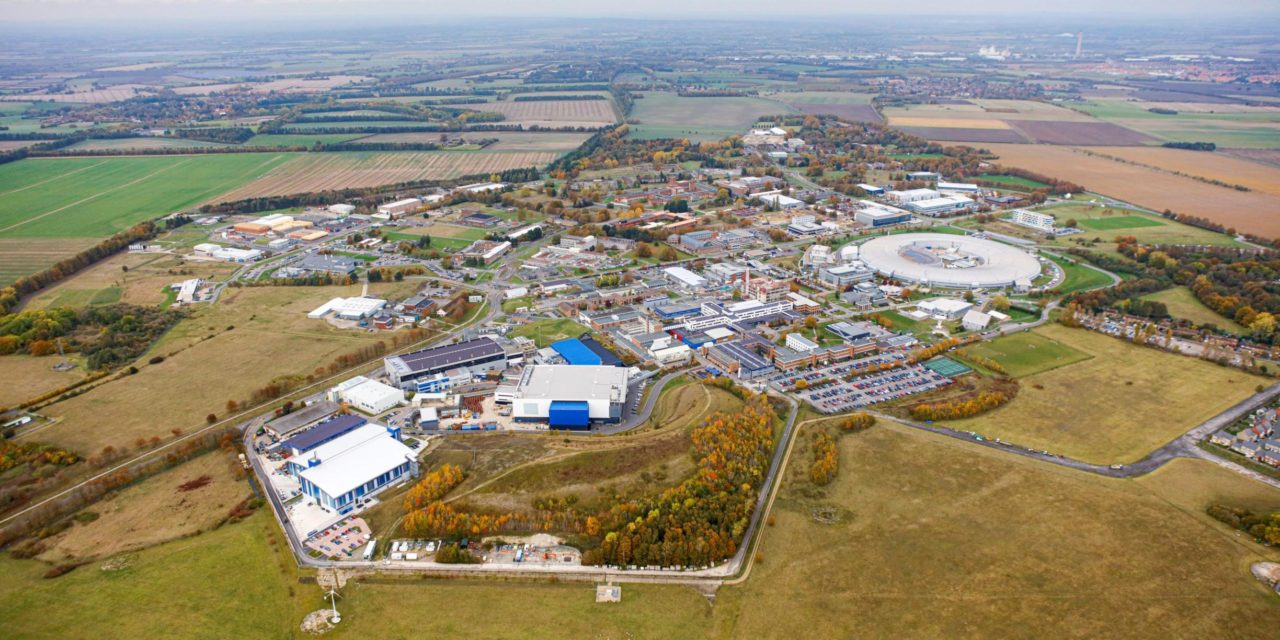A £180 million science and digitisation centre for the Natural History Museum at the Harwell Campus can put the UK at the forefront of food and environmental sciences.
Angus Horner, partner and director at the campus, says the centre, announced in the Chancellor’s March 11 Budget, will benefit from being alongside the existing synchrotron at Harwell which produces X-rays that benefit numerous other scientific applications.
The funding, spread over six years, will enable the museum to create a state-of-the-art Collections, Research and Digitisation Centre at Harwell.
It will be a world-leading centre for natural sciences research and international collaboration.
Speaking after the March 11 announcement, Mr Horner said: “Locating this new centre at Harwell Campus will place the Natural History Museum inside a world-leading science and innovation community, taking full advantage of co-location with the Diamond Light Source, the UK’s synchrotron, and extending the museum’s globally significant research for the greater good of the planet and mankind.
“One of the first challenges we would welcome working with the museum on is food production – to resolve the interconnected human and planetary health pressures. With the museum here on campus we can bolster the many organisations working in this area at Harwell.
“The museum’s deep knowledge of the natural world is synergistic with multiple organisations at Harwell Campus.
“Working collaboratively, we can place the UK at the forefront, globally, of developing both sustainable food production technologies and environmental stewardship strategies. This is just one example of the benefit to the UK of today’s announcement.”
The campus said it is too early to name the team which will help create the new centre but no timescales could be confirmed. The funding, however, is spread over six years.
Natural History Museum director Sir Michael Dixon said: “This very welcome investment in R&D will maintain the museum’s position as a global leader of natural sciences research and create a pioneering facility which will prove invaluable in the worldwide effort to find solutions to the planetary emergency.
“Enabling major international scientific collaboration, this new facility will generate big data and the application of cutting-edge analysis of the world’s most significant natural history collection.
“The centre will allow our 300 scientists to further their research into the biggest challenges facing the planet and humanity – from global and national biodiversity loss and sustainable land use to food security, disease transmission and ensuring we have the right natural resources available for transition to a zero-carbon economy.
“Future-proofing our collection has never been more urgent. Its vast scale explains our past, helps us chart a path for the future and the data that can be generated from it will inform future environmental policies and plans. The Government’s investment will enable us to not only make our collections more accessible to a global audience but to help other museums across the UK do the same.”
The collection of 80 million specimens, spanning 4.5 billion years from the formation of the solar system to the present day, is the largest in the world. The move from South Kensington to Harwell will help protect it from deterioration and increase the digitisation of the collection. So far, just 4.5 million specimens have been digitised.
© Thames Tap No 202 (powered by ukpropertyforums.com)









